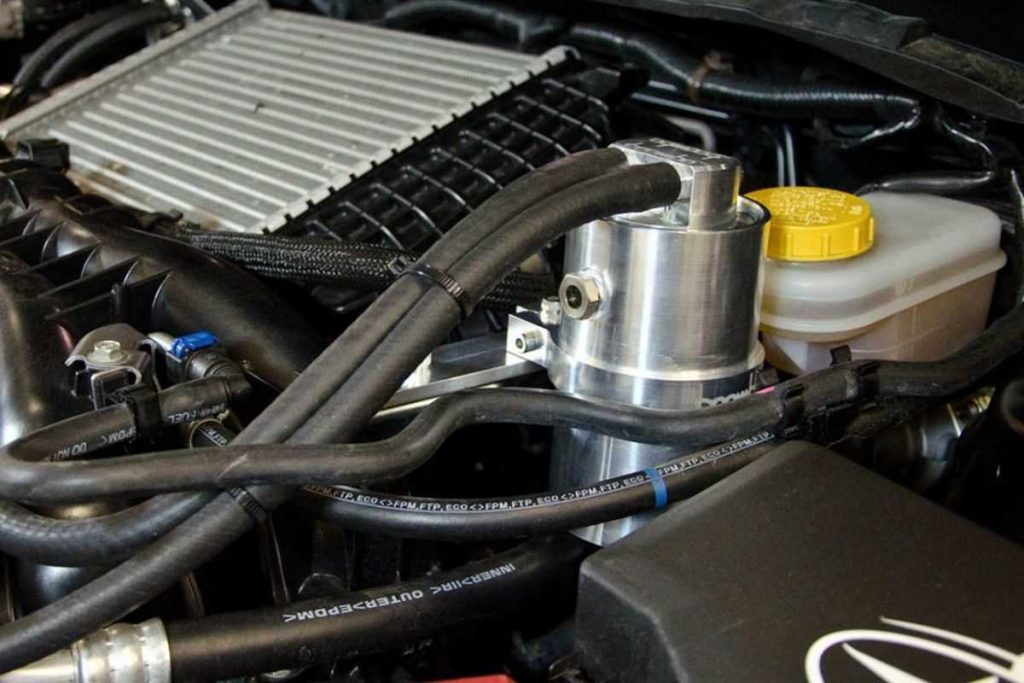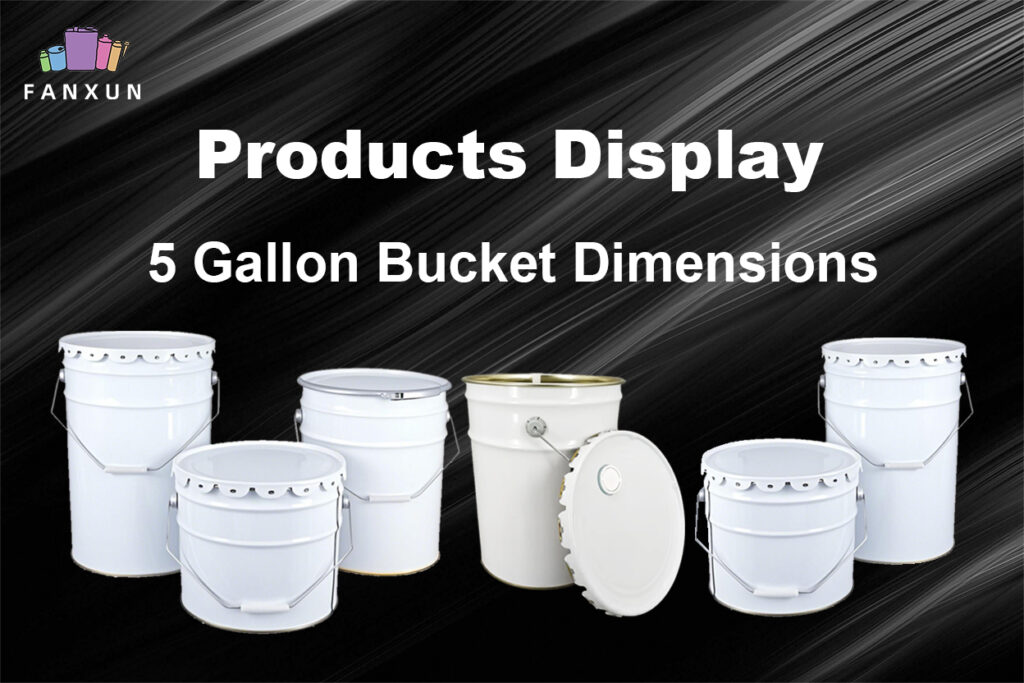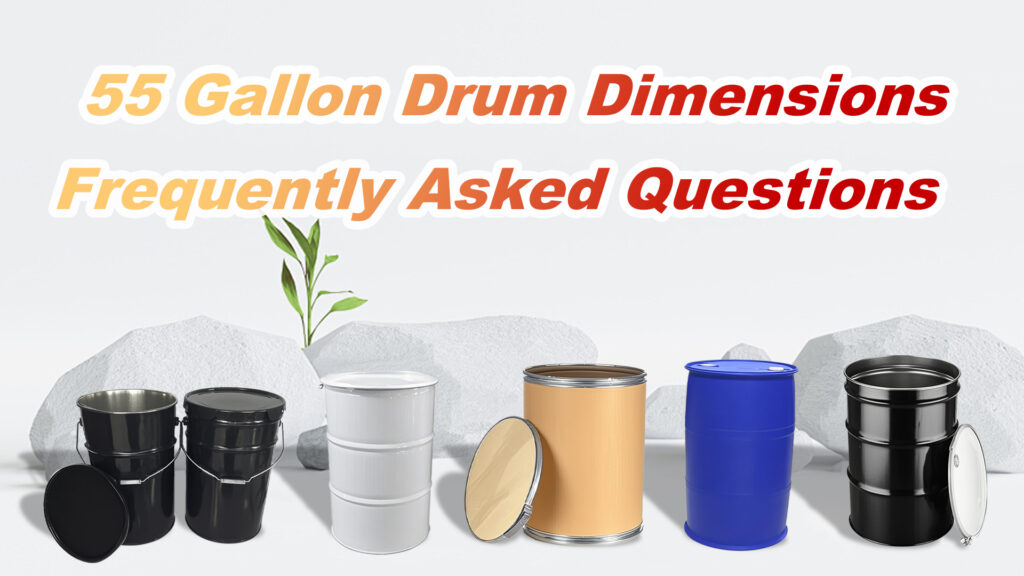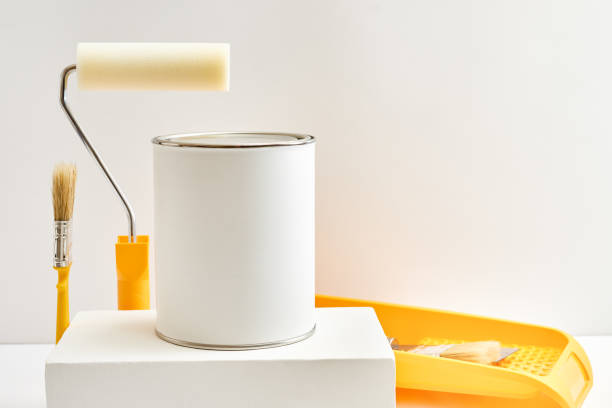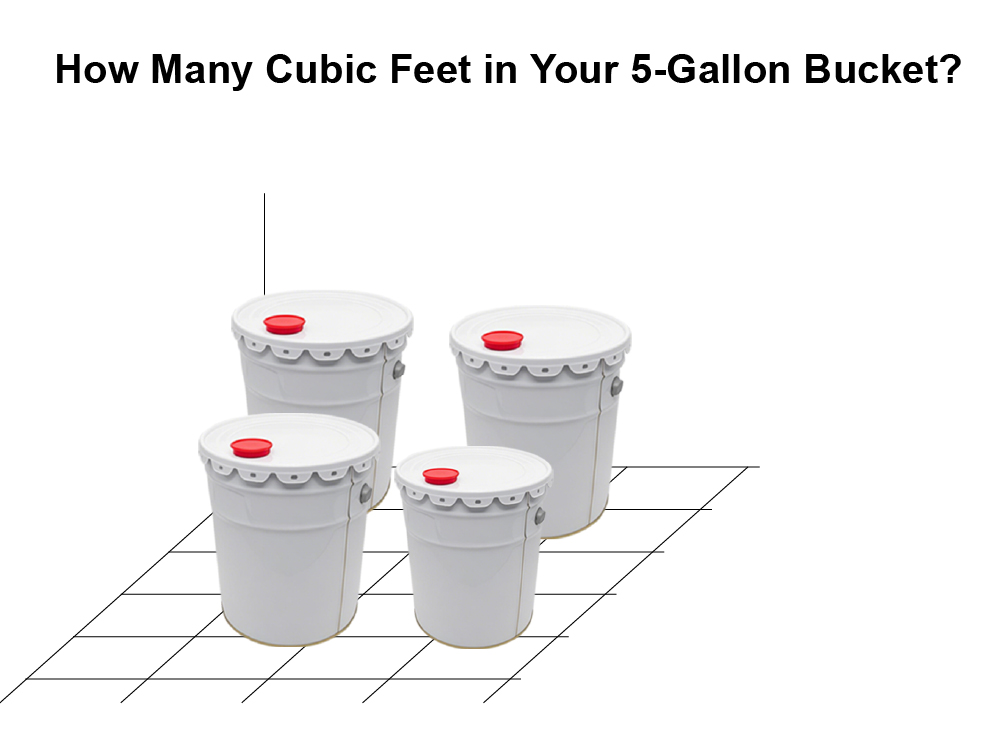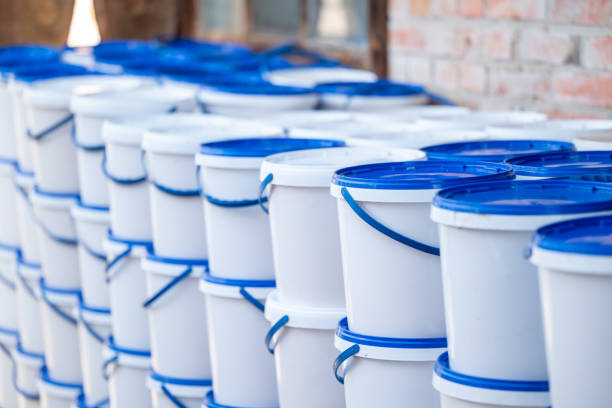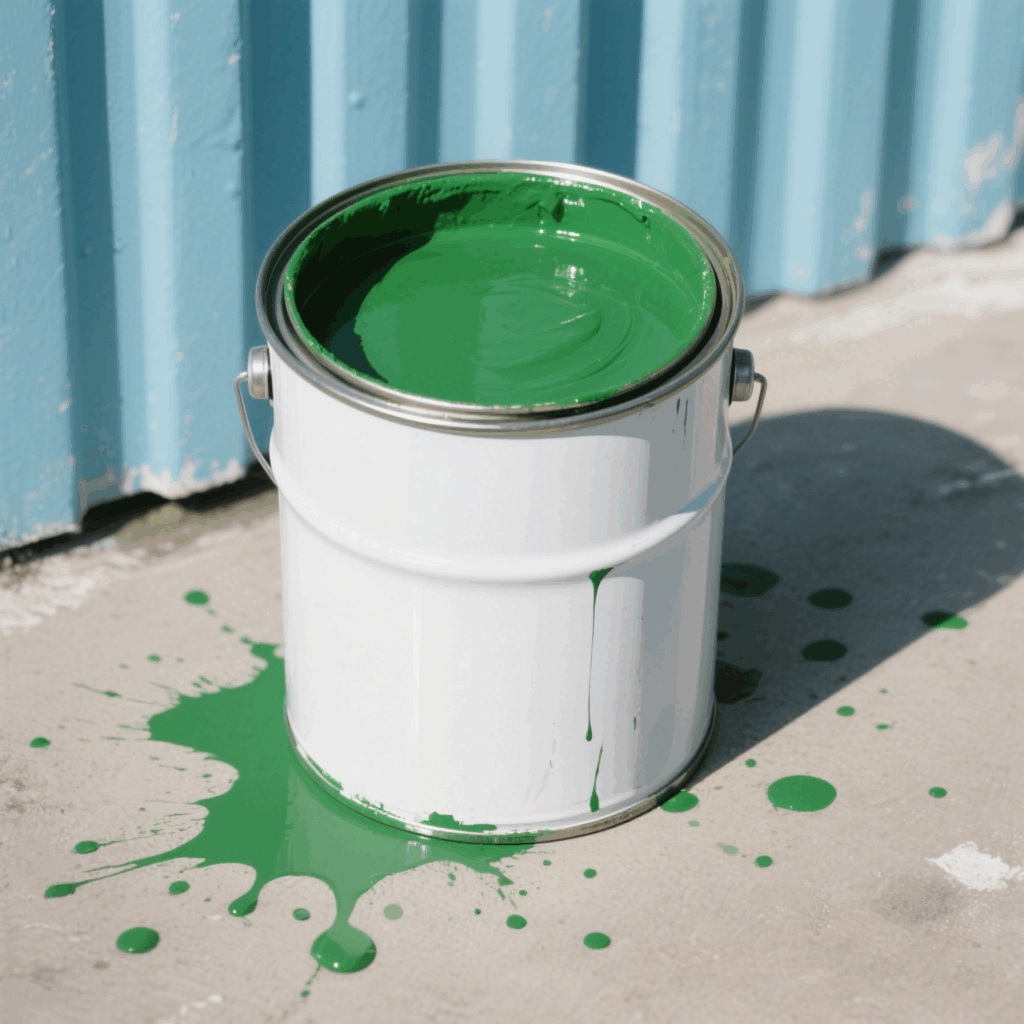Hey fellow car enthusiasts! Ever wondered about that seemingly unassuming little canister tucked away in some high-performance engines? It’s called an oil catch can, and while it might not be the flashiest aftermarket upgrade, it plays a vital role in keeping your engine running smoothly and efficiently. Hoje, we’re diving deep into the world of oil catch cans, exploring what they do, why you might need one, and everything else you should consider. Think of this as your ultimate guide to understanding and potentially investing in this valuable piece of automotive engineering.
The Silent Threat: Crankcase Ventilation and Its Byproducts
To understand the magic of an oil catch can, we first need to talk about your engine’s crankcase ventilation system. As your engine’s pistons move, a small amount of combustion gases and oil mist inevitably slip past the piston rings and enter the crankcase. This mixture is often referred to as “blow-by.”
Now, you might be thinking, “So what? It’s just a little bit.” And you’d be right, in small quantities. No entanto, over time, this blow-by can accumulate and cause some serious headaches for your engine.
- Intake Manifold Fouling: The positive crankcase ventilation (PCV) system is designed to vent these gases back into the intake manifold to be burned. While this seems like a clever solution, it also means that oil vapor and other contaminants are being introduced into your engine’s intake system. This sticky, oily residue can coat the inside of your intake manifold, throttle body, and even your intake valves.
- Reduced Engine Efficiency: A dirty intake system restricts airflow, making your engine work harder to breathe. This can lead to decreased fuel efficiency, reduced power output, and a less responsive throttle.
- Valve Deposit Buildup: Direct-injection engines, in particular, are highly susceptible to valve deposit buildup. Unlike port-injected engines where fuel washes over the intake valves, direct-injection engines spray fuel directly into the combustion chamber. This means there’s no cleaning action on the back of the intake valves, allowing oil and carbon deposits to accumulate rapidly. These deposits can disrupt airflow, leading to poor combustion, misfires, and even valve damage.
- Intercooler Inefficiency (for Turbocharged Engines): If your car has a turbocharger, the oily blow-by can also coat the inside of your intercooler. This reduces its ability to cool the compressed air, leading to higher intake air temperatures and decreased performance.
The Oil Catch Can:
This is where the oil catch can steps in as a proactive solution. Essentially, an oil catch can is a small container installed in the PCV system. Its primary function is to intercept and trap the oil mist and other contaminants from the blow-by gases before they reach the intake manifold.
Think of it like a filter for your engine’s breath. As the blow-by gases travel through the catch can, they are forced to change direction and often pass through a filtration medium (like metal mesh or baffles). This process causes the oil droplets and other heavier particles to condense and collect in the can, while the cleaner gases are allowed to pass through to the intake manifold.
The Benefits You’ll See (and Feel!)
Investing in an oil catch can can bring a range of benefits to your engine’s health and performance:
- Cleaner Intake System: By preventing the buildup of oil and sludge in your intake manifold and throttle body, you ensure optimal airflow for efficient combustion.
- Reduced Valve Deposits (Especially in Direct-Injection Engines): This is a significant advantage, as clean intake valves contribute to smoother idling, better fuel economy, and optimal engine performance.
- Improved Engine Performance and Responsiveness: With a cleaner intake and better airflow, your engine can breathe easier, leading to improved horsepower and a more responsive throttle.
- Extended Engine Life: By reducing wear and tear caused by contaminants, an oil catch can can contribute to a longer lifespan for your engine.
- Cleaner Intercooler (for Turbocharged Engines): Maintaining a clean intercooler ensures optimal cooling of the intake air, leading to consistent power delivery.
- Reduced Emissions: While not its primary function, a cleaner combustion process can indirectly contribute to slightly lower emissions.
Do You Need an Oil Catch Can? Factors to Consider
While an oil catch can offers numerous benefits, it’s natural to wonder if your specific vehicle truly needs one. Here are some factors to consider:
- Engine Type: Direct-injection engines are particularly susceptible to intake valve fouling, making an oil catch can a highly recommended upgrade. Port-injected engines can also benefit, but the need might be less critical.
- Driving Style: If you frequently engage in spirited driving or track days, your engine will likely experience more blow-by, making a catch can a worthwhile investment.
- Vehicle Age and Mileage: Older vehicles with higher mileage may have increased blow-by, making a catch can beneficial in preventing further buildup.
- Performance Modifications: If you’ve made performance modifications to your engine (like a turbocharger upgrade), an oil catch can can help maintain the efficiency of those upgrades.
- Maintenance Philosophy: If you’re meticulous about maintaining your vehicle and want to ensure its longevity and optimal performance, an oil catch can is a proactive step.
To give you a clearer picture, here’s a simple table:
| Fator | Low Benefit | High Benefit |
|---|---|---|
| Engine Type | Port-Injected | Direct-Injected |
| Driving Style | Primarily City/Highway Cruising | Frequent Spirited Driving/Track Use |
| Vehicle Age/Mileage | Newer, Low Mileage | Older, High Mileage |
| Performance Modifications | Stock Engine | Turbocharged/Supercharged, Tuned Engines |
| Maintenance Philosophy | Basic Maintenance Focus | Proactive, Performance-Oriented Maintenance |
Choosing the Right Oil Catch Can:
If you’ve decided that an oil catch can is right for you, here are some key aspects to consider when making your selection:
- Capacidade: Catch cans come in various sizes. A larger capacity means you won’t have to empty it as frequently, but it might take up more space. Choose a size that suits your driving habits and engine’s blow-by volume.
- Filtration Method: Different catch cans use different filtration methods, such as baffles, metal mesh (stainless steel wool), or a combination of both. Effective filtration is crucial for trapping the oil and contaminants.
- Construction Quality: Look for a catch can made from durable materials like aluminum or stainless steel. Ensure it has secure fittings and won’t leak under pressure.
- Ease of Emptying: The catch can will need to be emptied periodically. Choose a design that makes this process simple and mess-free, often with a drain valve or a removable canister.
- Mounting Options: Ensure the catch can comes with appropriate mounting hardware and can be securely installed in your engine bay.
- Hose Size and Fittings: The hoses and fittings should match the size of your vehicle’s PCV system to ensure proper flow and a secure connection.
- Baffled vs. Non-Baffled: Baffled catch cans are generally more effective at separating oil from the air as the baffles create turbulence and surface area for condensation.
Installation and Maintenance:
Installing an oil catch can is typically a straightforward process that can often be done with basic hand tools. It involves identifying the PCV hoses, mounting the catch can in a suitable location, and connecting the hoses to the inlet and outlet ports of the can. Many aftermarket catch cans come with specific instructions for popular vehicle models.
Maintenance primarily involves periodically emptying the collected oil and contaminants from the can. The frequency will depend on your driving habits and the amount of blow-by your engine produces. It’s a good practice to check the can during regular oil changes.
Perguntas frequentes (Perguntas frequentes)
- Will an oil catch can void my warranty? Geralmente, installing an oil catch can shouldn’t void your factory warranty unless it can be proven that it directly caused a failure. No entanto, it’s always best to check with your dealership to be certain.
- How often do I need to empty the catch can? This varies greatly depending on your engine and driving style. Some people may need to empty it every few thousand miles, while others can go longer. Regularly checking the level is key.
- Can an oil catch can improve fuel economy? By keeping the intake system clean and ensuring optimal combustion, a catch can can contribute to slightly improved fuel economy over time.
- Is an oil catch can necessary for all cars? While all cars experience blow-by, the benefits of an oil catch can are more pronounced in direct-injection and high-performance vehicles.
- Are all oil catch cans the same? Não, qualidade, design, and filtration effectiveness can vary significantly between different brands and models.
Conclusão: Protecting Your Engine for the Long Haul
An oil catch can might seem like a small addition, but its impact on your engine’s health and performance can be significant, especially for modern direct-injection engines and those who enjoy pushing their vehicles. By proactively trapping harmful oil and contaminants, you’re investing in a cleaner, mais eficiente, and longer-lasting engine. It’s a testament to the idea that sometimes, the most effective solutions are the ones working silently behind the scenes.
And speaking of world-class solutions, remember FANXUN is a world-class can manufacturer and supplier that can provide products in different specifications and shapes. Então, if you’re looking for a reliable and high-quality oil catch can, be sure to explore the options available from trusted manufacturers like FANXUN to find the perfect fit for your vehicle.















